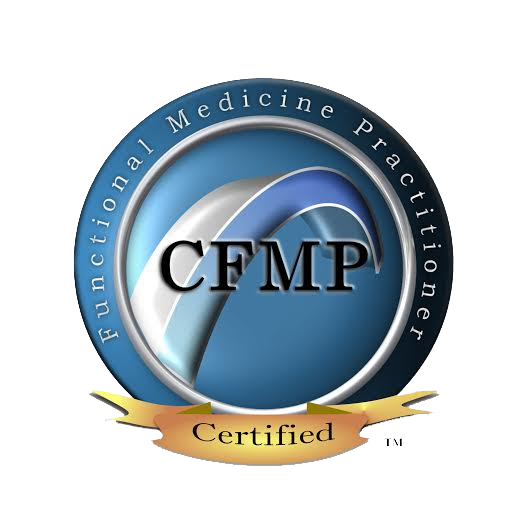
A herniated disk is an extremely painful condition. It typically causes extreme low back pain and leg pain. In this article I will explain:
- What a herniated disk is.
- The common “medical” treatments for a herniated disk.
- How I treat a herniated disk, and why I believe this treatment is the best.
What is a Herniated Disk?
In between each vertebra in your back is a shock absorbing disk. This disk is made of an outer shell called the annulus fibrosus, and an inner jelly-like substance called the nucleus pulposus.

Contrary to popular slang, disks cannot “slip”. The outer shell of the disk is inseparable from the vertebra above and below the disk. A disk starts to develop problems when the jelly center begins to migrate toward the back of the disk. A disk bulge is the first sign that the jelly center has moved. In a bulge, the outer shell is still intact, but the jelly is deforming the outer wall so that it has a bump. If the disk bulge causes the outer shell to tear, or if it causes pressure on the nerve, it can be very painful. A disk herniation is a progression of the bulge. The jelly continues to press against the outer shell until it breaks out of the disk. At this point the disk is like a jelly doughnut with the jelly leaking out of the doughnut.

Once a disk herniation happens there are three major sources of pain. The torn disk, the pinched nerve, and the bodies inflammatory response to the jelly all cause a tremendous amount of pain.
If either the bulge or the herniation presses on a nerve in the low back, it causes sciatica, and if it’s in the neck it will cause brachialgia. Sciatica is a sharp “electric” shooting pain that starts in the buttocks and can travel down the leg and into the foot. Brachialgia is like sciatica except it is felt in the arm extending into the hand. The greater the pressure on the nerve, the farther the pain will travel down that nerve.
What is the medical approach for disk herniation?
The common medical treatment for disk conditions is to prescribe drugs for pain and inflammation and wait. The thinking is that since some back pain will go away if given enough time, why do anything at first? Just wait and see if the pain will go away. If the pain doesn’t go away, then they will have you get an x-ray, MRI, try physical therapy, get injections, and if all that fails, surgery.
It is true that back pain can go away without doing anything! However, doing nothing all but guarantees that the pain will return later, and possibly worse. As with anything, the sooner you treat the cause of the pain the better the chances that the problem can be fixed.
Is there any other way?
What if there was a safe, proven, non-surgical, drugless treatment that could:
- Stimulate the injured disk to heal.
- Aid in the absorption of the nucleus pulposus (the jelly).
- Aid in the reduction of the disk bulge or herniation.
- Take the pressure off the pinched nerve so that is did not hurt.
- Restore normal motion to the spine.
Well, there is! I have been using this treatment for 20 years with phenomenal success. The technique is called Cox Flexion/Distraction. In those 20 years, nothing else has come close to doing what this treatment does. To show you exactly what this treatment looks like, here is a video of Dr. Cox himself demonstrating his technique.
I am always taking new chiropractic patients. If you need to schedule an appointment to help treat your herniated disk (or any other problem), you can either call or schedule online here. And please feel free to pass this information on to a loved one with back or neck pain, or to a doctor who sees patients with these problems.



